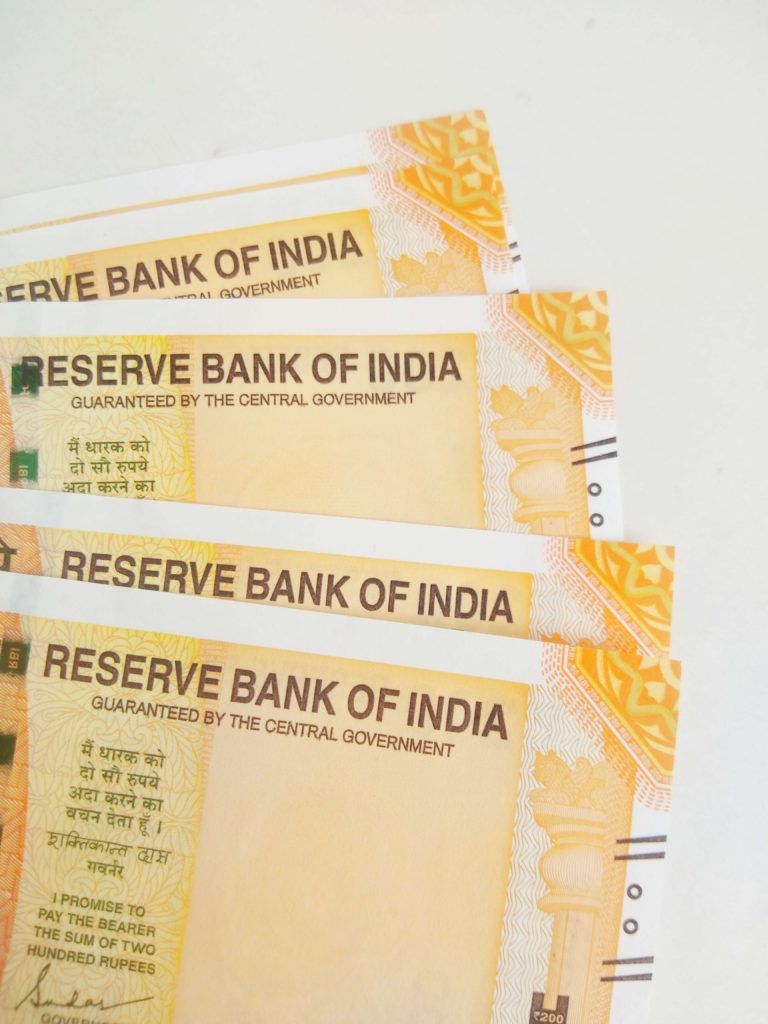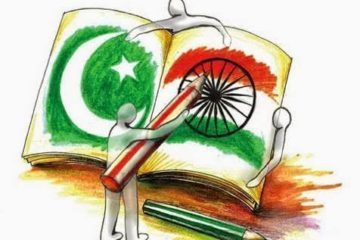RBI & its Roles
Contents
There are a lot of questions arising with respect to the Reserve Bank of India these days. So to help you attain those answers, we have written this article for you.
This article throws light on Reserve Bank of India (RBI), its functions and eventually explain frequent news terms such as repo rate, interest rates, inflation etc.
What exactly is the RBI?
To begin with, let’s be clear on what a Central Bank is. A Central Bank is one of the core institutions of any country whose role varies according to the country’s economic setup. A few countries have given the Central Bank exorbitant powers while Central Banks of a few countries are mere currency issuers. Our Central bank, the RBI, was established in 1935 based on Hilton-Young committee recommendations and loosely on Dr B R Ambedkar’s “The problem of Indian rupee”. It performed the role of Central Bank for Burma(Myanmar) until 1947 & also for Pakistan until 1948. As per Indian Economic set-up, RBI performs the following roles.
Issuer and Distributor of Currency on Behalf of the Govt.
RBI issues currencies & coins on behalf of the Govt. and distributes it to the market. All currencies and coins are issued by RBI except for Rs 1 notes which are issued directly by the Govt. The denominations of currency are decided by the Govt. with RBI suggestions. The highest denomination of currency note ever printed by RBI is of Rs 10,000 during 1938. But it was demonetized in 1978 along with Rs5000 and Rs1000 currency notes & was discontinued thereafter.
RBI is free to print & distribute currencies as per the demand in the banks. Many people have this question that why doesn’t RBI print enormous amount of currency & distribute it to all so that there will be no poor people left in the country. this is explained by the next role of RBI i.e controlling inflation.
Controlling Inflation
Inflation in basic terms is the general rise in the prices of goods. If the above-stated exercise is performed by RBI, it would increase everyone’s purchasing capacity. With the same amount of goods in the market & everyone having the capacity to buy them, the prices of goods shoot up due to increasing demand. The new prices are not affordable by the previously poor people & hence pushing them back to poverty.
Therefore it is vital to keep a healthy inflation level in the country by regulating the amount of currency in people’s hand. The inflation targets are set by Govt. & RBI has the responsibility to keep inflation within these targets. At present, the inflation rate can vary from 2% to 6%. But how does RBI control the ground level prices? This can be explained by RBI’s next role i.e Banker of the Banks.
Banker of the Banks
For a brief understanding. let us understand how common banks work. They lend us specific % of interests for our deposits and charge a specific % if interest for our loans. The interest they charge for our loans is higher than what they pay for our deposits and the difference is the bank’s earnings. So basically banks are a medium to connect people who have money to people who need money. For our future understanding of topics, let’s take a XYZ bank which has Rs 1000 deposits. Let’s say a person approaches the bank wanting a Rs 2000 loan. But the bank is having a shortfall of Rs 1000 which it borrows from RBI. Like other banks, RBI lends this Rs 1000 to XYZ bank at a particular interest rate. This interest rate which RBI charges is called the repo rate. Let’s say RBI charges a repo rate of 6% on this Rs 1000, the bank will charge the customer 7% keeping 1% as its profit. Hence, the repo rate has a correlation with the rate of interest which banks charge on customers.
Hypothetically, if the repo rate is lower, the interest rates of bank loans are lower and hence the loans are cheaper. This leads to more people taking loans because it is cheaper and hence money is influxed into the economy.
With this understanding, we can deduce the following- When RBI wants inflation to be controlled or lowered, it increases the repo rate which makes loans costlier and less attractive. By this, the money supply also reduces in the market subsequent lowering the inflation.
One may notice the term “repo rate’ often in the news. RBI has continuously lowered the repo rate in the past year due to the economic slowdown in our country. RBI is trying to influx money into hands of people and thereby increase demands of goods. It is important to note here that the banks are not obligated to reduce their interest rates with reductions in the RBI’s repo.
Controller of the Banks
According to the RBI act of 1934 and Banking Regulations Act of 1959, RBI can control the operations of any bank functioning in the country. It can take over the operations of faulty banks if their Non-performing Assets (NPA) increase beyond a specific threshold. By taking over the operation, RBI has the right to overrule the Bank’s Board of directors and may continue to do so until stability is reached. Recent cases like PNB, YesBank are a few examples of this.
Apart from these roles, RBI performs numerous other functions which have a significant impact on India’s Economy. From maintaining Foreign Exchange reserves to Balancing the fluctuating ₹ vs $. RBI plays a vital role in everything. Recently, the Govt. has introduced measures which undermine the autonomy of RBI. One must understand that the Governors of RBI & the supporting staff have undulated expertise in the field of Economics unlike the elected representative of Parliament. Institutions like RBI must be unhindered in their autonomy for a better cause of the country.

Hope you found this article on the Reserve Bank of India very informational and helpful. For more such articles, click here



2 Comments
PSUs & its Privatization: An Analysis – Wordanova · June 6, 2020 at 11:38 am
[…] Do you Know What the Reserve Bank of India (RBI) does? Rupee VS Dollar: HOW IT WORKS Article 370: All that you need to know Capital punishment & Mercy Plea: Explained! Categories: Mera Bharath mahan Tags: privatizationprivatization of government organizationprivatization of government sectorspsupsu privatizationpublic sector […]
History of Partition of India – Wordanova · July 25, 2020 at 12:29 pm
[…] Do you Know What the Reserve Bank of India (RBI) does? PSUs & its Privatization: An Analysis Rupee VS Dollar: HOW IT WORKS Categories: Mera Bharath mahan […]